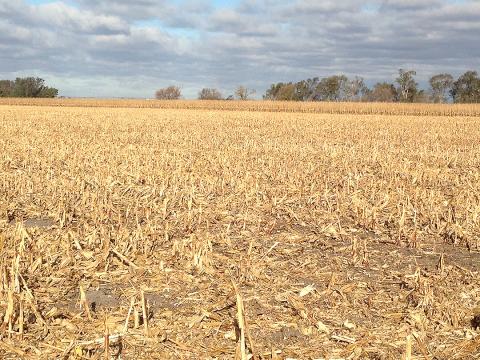Crop Residue Exchange Links Growers and Grazers
August 23, 2021
The Crop Residue Exchange continues to connect livestock producers with crop residue and other forage resources.
Cattle Compaction in Cropland: Fact or Fiction?
August 23, 2021
Grazing corn residue is a low-cost winter feed for cattle and source of additional income with no negative effects on cropland.
Does Grazing Cover Crops Negatively Impact Soil and Crop Yields?
April 29, 2021
Grazing cover crops can be a potential option to re-integrate crops with livestock production and reverse the adverse effects of separating crops and livestock production, despite soil compaction concerns.
Can Cover Crops Offset the Negative Impacts of Corn Silage?
April 28, 2021
UNL researchers discerned varied results from a study on reducing soil compaction and wind/water erosion on fields harvested for corn silage by planting cover crops.
Effects and Economics of Grazing Cover Crops in a Three-Year Non-Irrigated Rotation
February 18, 2021
Nebraska Extension reveals findings from long-term crop and livestock system On-Farm Research study.
Market Your Crop Residue Using the Crop Residue Exchange
September 24, 2020
This interactive, online tool helps farmers and cattle producers connect and develop mutually beneficial agreements to use crop residue and forage cover crops for grazing.

Harvesting Soybeans for Hay or Silage
September 1, 2020
The decision to harvest as forage (hay or silage) or grain should be based on economics. However, the decision to not harvest soybeans as grain does need to be made as soon as possible to capture the forage value of drought-stressed soybeans.
Webinar - Cover Crops in Corn Systems: Opportunities for Dual Use - Set for Sept. 15th
August 27, 2020
Can planting cover crops in corn systems provide the dual benefits of improving soil health and be an economical source of forage? This webinar will cover lessons learned on incorporating cover crops after corn silage, high moisture corn, and dry corn harvest in Nebraska.







